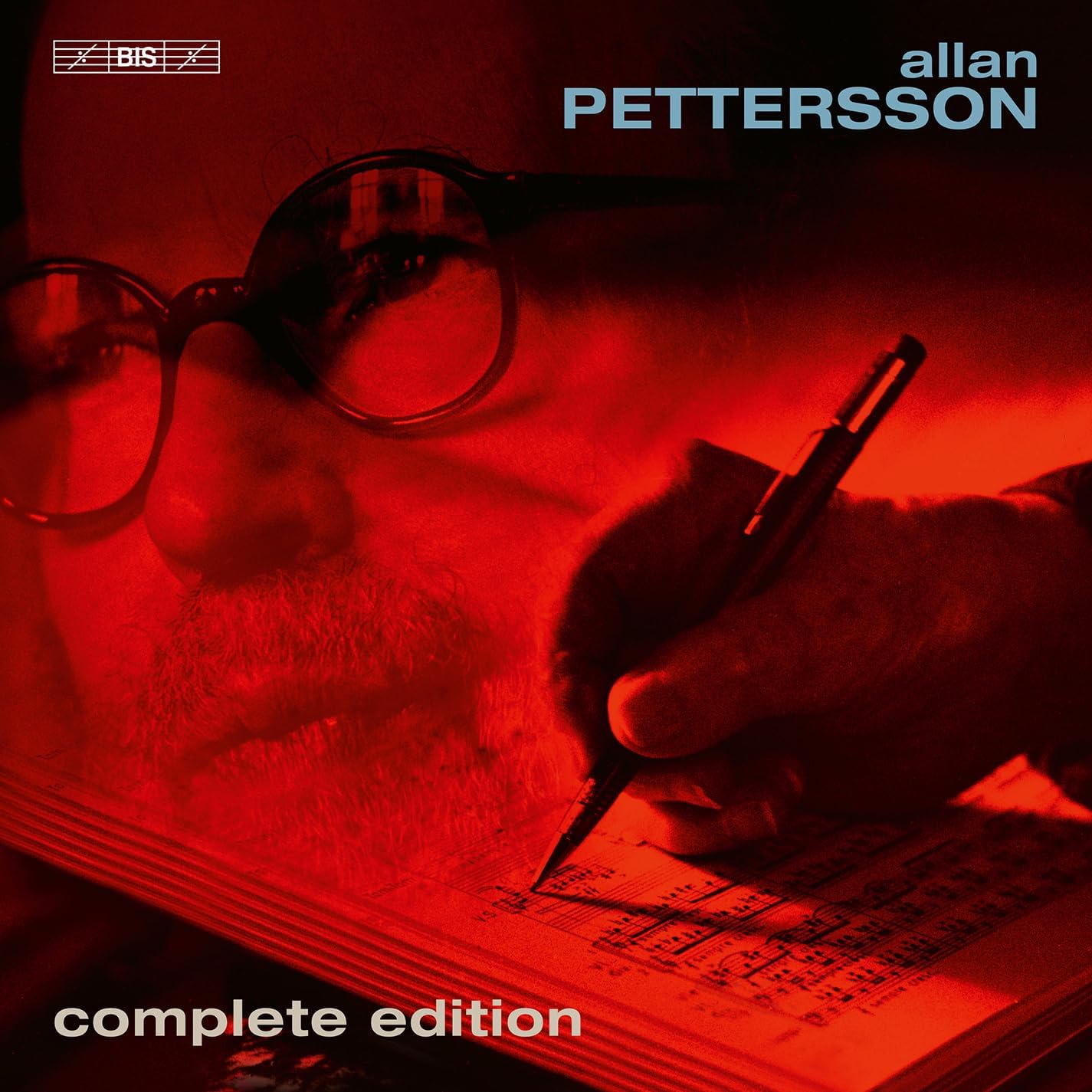 Allan Pettersson: Complete Edition Various artists (BIS)
Allan Pettersson: Complete Edition Various artists (BIS)
That this hefty anthology (17 CDs and 4 DVDs) has been with me for several months shouldn’t surprise anyone who’s encountered the work of Swedish composer Allan Pettersson (1911-1980); this is music that can’t be, mustn’t be rushed. Sample an early piece, like 1934’s Two Elegies for violin and piano, or the witty Four Improvisations for String Trio (1936), then leap forward to Petterson’s last completed symphony, his 16th (1979) and you’ll wonder what on earth happened to him? BIS’s handsome Complete Edition contains four bonus DVDs, one of which features an extended 1974 interview produced for Swedish TV. Who the hell is Allan Pettersson? makes for surprisingly entertaining viewing: the irascible composer is filmed in his cramped Stockholm apartment, initially unwilling to cooperate. He soon opens up, discussing an impoverished inner-city childhood and explaining how he managed to find the money to buy his first violin at the age of ten. Initially self-taught, Pettersson enrolled at the Royal Swedish Academy of Music at the age of 19. Further training in Paris was soon interrupted by Nazi occupation, Pettersson returning home and taking up a post in the Royal Stockholm Philharmonic’s viola section. He continued to study composition during the 1940s, returning to Paris in 1951 where his teachers included Milhaud, Messiaen and René Leibowitz. Rheumatoid arthritis curtailed Pettersson’s playing career soon afterwards, and he became a full-time composer with the support of a government grant.
It’s tempting to hear this cycle of 17 symphonies as a musical autobiography, Pettersson on record as saying that “the work I am labouring over is my own life – the blessed, the cursed”. He was compelled to compose, the intense pain caused by the arthritis slowing his work rate by the mid-1960s. Pettersson began writing his Symphony No. 1 in 1951 but never published it, tinkering with the score until the 1970s. The concert version heard here, reconstructed by Christian Lindberg, already contains this composer’s stylistic fingerprints. The dense, dark textures and busy counterpoint are typical, the harmonic language frequently dissonant but broadly tonal. Hopefully I’ve whetted your appetite for a composer who, in the words of a colleague, “makes Shostakovich sound like Herb Alpert”, so begin with the 7th Symphony. Premiered in 1968, this 47-minute work is echt-Pettersson, a vast single movement span which mostly plumbs the depths in near-deafening style. Formally elusive, seemingly assembled from granitic slabs of contrasting musical material, it’s enthralling, Pettersson’s hard-won melodies soaring when they eventually arrive. There’s a wonderful outburst 22 minutes in, and the symphony ends in a mood of hard-won peace. Symphony No. 8 was another instant success, an early LP recording acting as an international calling card. These pieces aren’t for the faint-hearted, but the rewards once you’ve taken the plunge are immense. I’m especially fond of No. 11, concise and punchy, and No. 15’s aggressive intro has a noirish swagger, with some superb trombone writing. 16 features a virtuosic obbligato part for alto saxophone, and No. 17 survives as a pithy eight-minute fragment. The performances here are uniformly excellent, conducting duties shared mostly between Christian Lindberg and Leif Segerstam, and BIS’s engineering is consistently spectacular.
There’s loads more here. Pettersson wrote two violin concertos: the first, from 1949, an abrasive work scored for solo violin and string quartet. No. 2, completed in 1977, is a 53 minute behemoth. Melancholy but lyrical, it’s among the most attractive works in this set, and it’s played here with tenderness and authority by Ulf Wallin. Pettersson’s last chamber work was a set of Seven Sonatas for Two Violins completed in 1951. They’re astringent but engrossing, played with authority by Martin and Cecilia Gelland. And do investigate an early cycle of 24 Barefoot Songs, beautifully sung by baritone Peter Mattei with pianist Bengt-Åke Lundin. The readily accessible, Schubertian language is at odds with Pettersson’s own texts, seemingly alluding to the poverty and misery he experienced in his early years. Eight were later orchestrated by Antal Dorati, delivered here by Anders Larsson. I can’t recommend this box enough. Incredibly, there’s another set of the symphonies available on the CPO label, but BIS’s classy black box contains more music. The notes are excellent, and full texts and translations are provided. That this set exists at all feels miraculous. Go on - take the plunge and treat yourself.
 Taylor Deupree: sti.ll (Greyfade)
Taylor Deupree: sti.ll (Greyfade)
Kenneth Kirschner: Three Cellos (Greyfade)
If you’re intrigued by the Allan Pettersson review above, buy the appealingly designed physical box set rather than the (admittedly cheaper) download. Reading sleeve notes on paper has to be more of a pleasure than gazing at a backlit screen, and, unless you’ve expensively invested in the right kit, I’m not convinced that audio files sound better than CDs or LPs. Plus, would anyone get excited on hearing that they’ve inherited an aged relative’s mp3 and WAV collection rather than a heap of classy vinyl? These two releases on the Greyfade label’s Folio imprint straddle both worlds: the music comes as a hi-res download, accompanied in each case by a well-designed hardback book containing detailed notes and scores. In Greyfade’s words, each album is “equal parts music release, theoretical text, study score, making-of narrative, and collectible art object.” If you can read music, having the score at hand is a real boon. Taylor Deupree’s sti. ll is based on an earlier work, 2002’s Stil., its four movements inspired by Japanese photographer Hiroshi Sugomoto’s monochrome seascapes. sti.ll presents the same music, painstakingly notated and rescored for chamber ensemble. Deupree’s notes detail how the source material was composed, his gradual shift away from electronica to acoustic instruments prompting the new version. This was completed with the help of Greyfade’s Joseph Branciforte, Deupree revealing that “to see it written out as very complex notation gave the work, in a way, a sort of validation.”
Comparing the two versions of the opening track “Snow/Sand” is illuminating, Branciforte even using finger clicks and untuned percussion to reproduce some of the original’s electronic sounds. As a feat of transcription, it’s remarkable. Crucially, it sounds marvellous too, scored for nine clarinets (four of them bass clarinets) and percussion, creating a warm, hazy sound which fades into the ether after 16 minutes. “Recur” introduces soft solo strings and guitar and the massed clarinets in “Temper” suggest a wheezy harmonium. “Stil.” is the longest section, 20 minutes of ambient rumblings for vibraphone and soft bass drum.
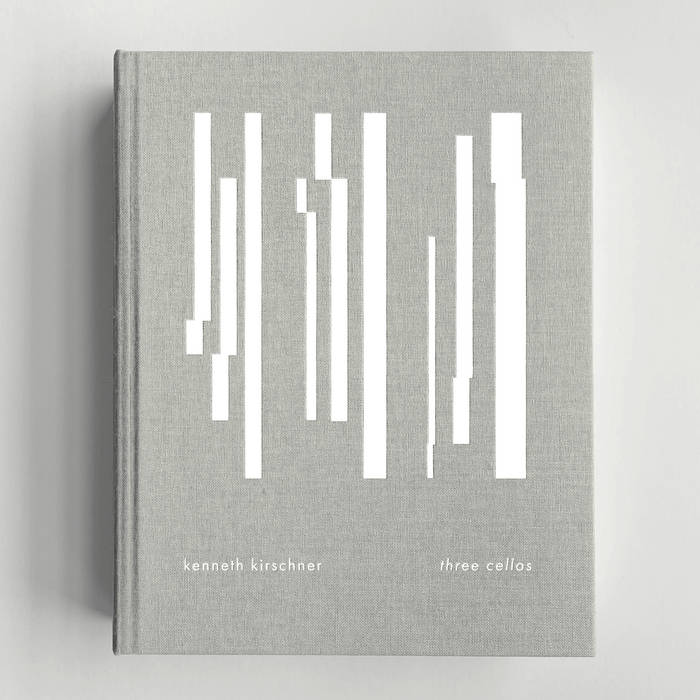 Kenneth Kirschner’s Three Cellos began life as July 8th, 2017, Kirschner habitually naming pieces after the dates on which they were started. As with the Deupree, the digital original has been painstakingly converted into conventional notation, the original’s samples reshaped with Branciforte’s assistance into a ten-movement acoustic work. A multitracked Christopher Gross plays each part and repeated listenings highlight the music’s melodic richness. Things progress at a stately pace but never sound maudlin, and at times it’s as if we’re hearing a late work by Morton Feldman, one lasting 40 minutes instead of three hours. Gross plays Kirschner’s long lines with ample colour and expression. Both sets are well worth investigating, and production values are high-end.
Kenneth Kirschner’s Three Cellos began life as July 8th, 2017, Kirschner habitually naming pieces after the dates on which they were started. As with the Deupree, the digital original has been painstakingly converted into conventional notation, the original’s samples reshaped with Branciforte’s assistance into a ten-movement acoustic work. A multitracked Christopher Gross plays each part and repeated listenings highlight the music’s melodic richness. Things progress at a stately pace but never sound maudlin, and at times it’s as if we’re hearing a late work by Morton Feldman, one lasting 40 minutes instead of three hours. Gross plays Kirschner’s long lines with ample colour and expression. Both sets are well worth investigating, and production values are high-end.
 Paul Mottram: Seven Ages of Man Tim Garland (saxophones and bass clarinet), Jason Rebello (piano), Jonny Mansfield (vibraphone), String orchestra conducted by Tim Garland (Ubuntu Music)
Paul Mottram: Seven Ages of Man Tim Garland (saxophones and bass clarinet), Jason Rebello (piano), Jonny Mansfield (vibraphone), String orchestra conducted by Tim Garland (Ubuntu Music)
Paul Mottram’s description of Seven Ages of Man is supremely entertaining music: an intelligent, erudite crossover album that’s part concerto for saxophone and strings, part philosophical musing on mortality. It’s a hero’s life, rather longer than Strauss’s Ein Heldenleben but with fewer longeurs. Mottram’s CV includes writing music for scores of films and TV programmes, so that Seven Ages is so fluently constructed and orchestrated shouldn’t surprise. Classically trained, Mottram began composing for jazz groups whilst doing a post grad at London’s Guildhall School where he first encountered saxophonist Tim Garland and pianist Jason Rebello in the late 1980s. Seven Ages was written with Garland’s playing in mind, begun in 2018 and completed during the pandemic. Garland’s partially improvised solo part was recorded first, pianist Jason Rebello and vibraphone player Jonny Mansfield adding their solos next. Strings and rhythm section were added last, not that you’d notice – testament to superb editing and engineering and a sense that all parties involved were thoroughly invested in the project. Mottram begins with “Origins”, solo saxophone and rhythm section portraying an emergent life before an unapologetically sumptuous tutti string entry suggests that we’re on our way. This work abounds in moments like this, unexpected modulations and shifts of perspective that prompt purrs of delight.
At times I was reminded of Henry Mancini, though Mottram never lets things get too sugary. A reflective, lush “Infant” is followed by the sharper, wittier “Schoolboy” and a moody depiction of adolescence. Garland’s expressive playing is masterly, as is that of Rebello – the latter’s solos at the beginnings of “Soldier” and “Judge” are superb. Garland briefly switches to bass clarinet to suggest the indignities of old age, but the work’s close is calm and serene, Garland’s final notes suggesting contented snores. A winner, it’s nicely packaged and superbly annotated to boot.
 Schnittke & Hindemith Anna Gourari (piano), Orchestra della Svizzera Italiana/Poschner (ECM)
Schnittke & Hindemith Anna Gourari (piano), Orchestra della Svizzera Italiana/Poschner (ECM)
Arvo Pärt: Tractus Estonian Philharmonic Chamber Choir et al/Kaljuste (ECM)
Another recording of Schnittke’s Piano Concerto (1979) is always welcome – it’s perhaps my favourite piece of his. Beginning with the utmost simplicity it opens out to embrace the stylistic plurality that was Schnittke’s hallmark. In the concerto’s single 23-minute span there are deeply Russian textures in the string orchestra, and some pounding dissonance in the piano alongside some moments of delicacy and deep yearning. It’s a headspinning ride but has a coherence that Schnittke doesn’t always achieve. The performance, by pianist Anna Gourari, has the necessary boldness of touch, and also a good forward momentum (aided by Markus Poschner and the Orchestra della Svizzera Italiana) where others are a bit statuesque and immobile. The music is enigmatic for sure, but there is an immediacy that is compelling.
Hindemith might not seem the most obvious of bedfellows, a craftsman to Schnittke’s holy fool. They were both quiet dissidents – Schnittke within Soviet Russia, Hindemith in Nazi Germany, which he escaped in 1938. The symphony Mathis der Maler is three meditative panels from his 1934 opera of the same name. It’s much less extreme than the Schnittke, as Hindemith casts off his dissonant 1920s language, while retaining his distinctive dryness of manner, workmanlike counterpoint and crystal-clear orchestration. The playing is unsentimental and once again keep things moving, and the recording allows the contrapuntal instrumental lines their own space. The brass, in the moments when they come to the fore, are rich and penetrating. A more obvious connection is to be drawn in The Four Temperaments, Hindemith’s ballet for piano and strings. It dates from Hindemith’s wartime exile in the US and has an almost Rachmaninoffian aspect, in its long melodic lines and athletic pianism. Anna Gourari does not need to be as muscular here as in the Schnittke, but there are moments in the second movement, ‘Melancholy’, which point up a real affinity.
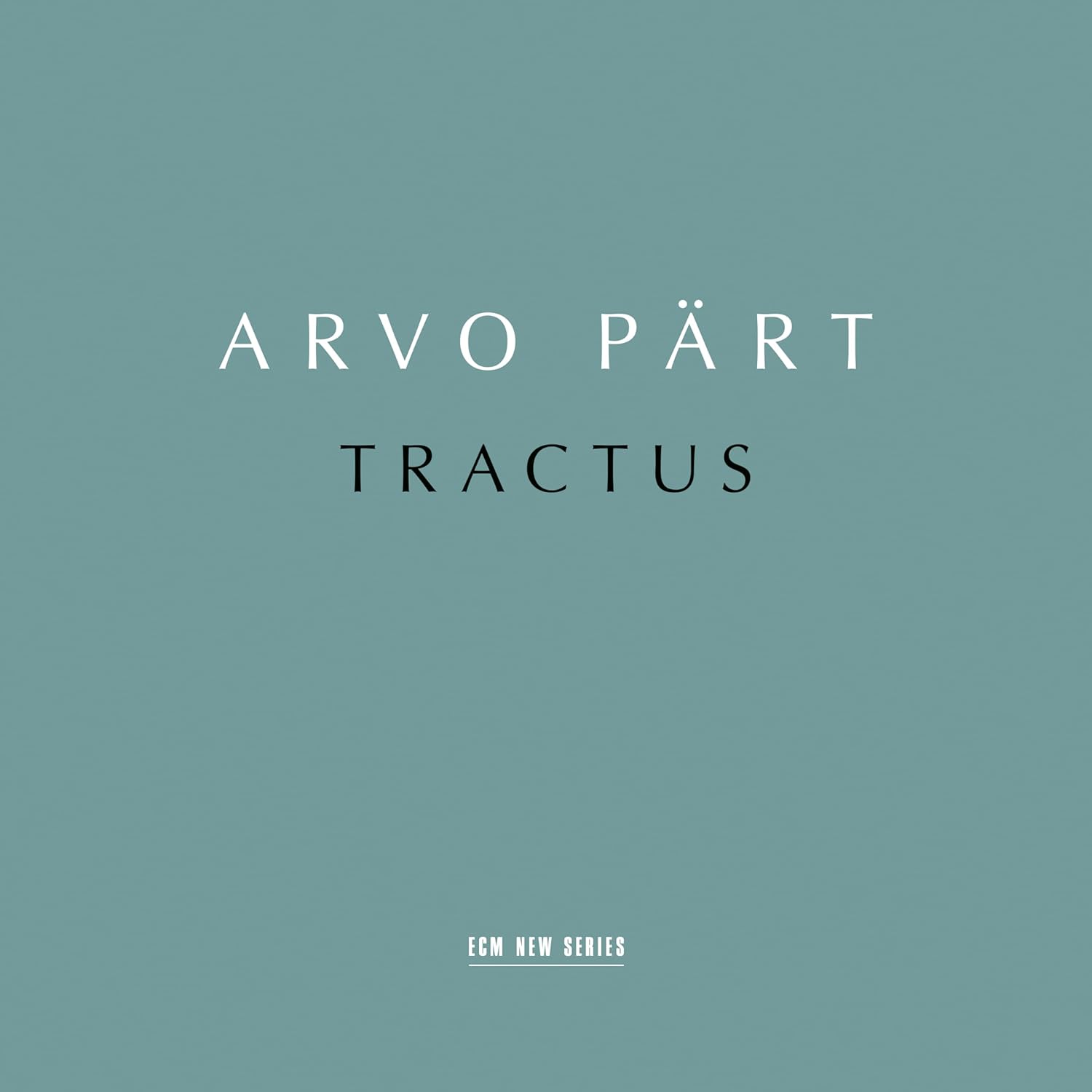 Where Hindemith’s Mathis der Maler meditates on medieval altarpieces, and Schnittke’s concerto offers transformed glimpses of Russian Orthodox harmonies, Arvo Pärt’s Tractus is an assemblage of straightforwardly devotional pieces in his trademark mode. No stylistic games, no instrumental virtuosity, just an hour of quiet, focused choral and instrumental which I wouldn’t want to damn with the faint praise of calling a “mindfulness mix” (although Radio 3 or Classic FM might). These are all pieces written in the last 20 years, although they could have come at any time since Pärt’s stylistic transformation of the early 1970s. They have a timeless quality, mostly ascetic and withdrawn, although there is more than a hint of Hollywood in the scoring of the Littlemore Tractus and even a bit of Elgar in Cantique des degrés. It’s all very nicely played and sung and there are no big surprises: if you like Pärt, you’ll like this. And, for both albums, the production quality of the album and booklet is peak ECM. Bernard Hughes
Where Hindemith’s Mathis der Maler meditates on medieval altarpieces, and Schnittke’s concerto offers transformed glimpses of Russian Orthodox harmonies, Arvo Pärt’s Tractus is an assemblage of straightforwardly devotional pieces in his trademark mode. No stylistic games, no instrumental virtuosity, just an hour of quiet, focused choral and instrumental which I wouldn’t want to damn with the faint praise of calling a “mindfulness mix” (although Radio 3 or Classic FM might). These are all pieces written in the last 20 years, although they could have come at any time since Pärt’s stylistic transformation of the early 1970s. They have a timeless quality, mostly ascetic and withdrawn, although there is more than a hint of Hollywood in the scoring of the Littlemore Tractus and even a bit of Elgar in Cantique des degrés. It’s all very nicely played and sung and there are no big surprises: if you like Pärt, you’ll like this. And, for both albums, the production quality of the album and booklet is peak ECM. Bernard Hughes
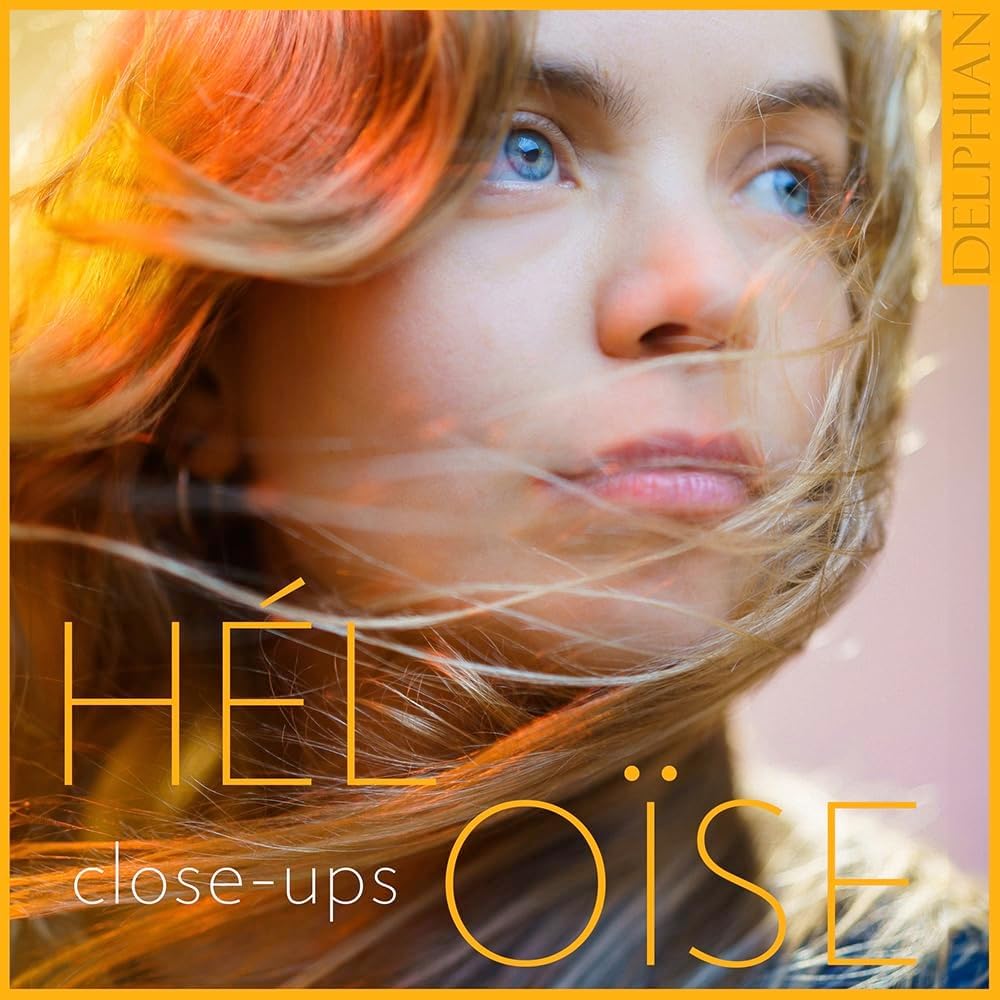 Heloïse Werner: Close-Ups - works by Héloïse Werner, Barbara Strozzi, Julie Pinel, Hildegard of Bingen, Errollyn Wallen (Delphian)
Heloïse Werner: Close-Ups - works by Héloïse Werner, Barbara Strozzi, Julie Pinel, Hildegard of Bingen, Errollyn Wallen (Delphian)
French-born, UK-based Heloïse Werner always creates a buzz of activity and makes good things happen. The Hermes Experiment, in which she has been a driving force, started commissioning new work from composers more or less at the moment its four members graduated from Cambridge. The flow and the pace continue, they must be responsible for over a hundred new works by now, and are involved in another disc from Delphian due out in just a few weeks, a collection of works by Australian composer Jane Stanley. It all enriches the scene.
Werner describes herself as “soprano and composer” (with Meredith Monk it has tended to be the other way round) and it is the central role of Werner’s voice, in a context where both the material and stylistic intent cover a wide range, that is a unifying factor. And yet, one might argue, she has also invited herself to do the impossible. Werner gives herself the task to sustain a tone of lament and to carry and float a melody in compositions by Julie Pinel and Barbara Strozzi, and maybe face comparison with the period specialists – Dorothee Mields for example or Simone Kermis – and then to move swiftly on (in the title track) to produce a range of vocal effects in the manner of Andreas Schaerer... and then to have the imperious ease in a song form (in “The Tree”) of, say, Lucia Cadotsch. It is a huge, maybe even an unreasonable challenge. That said, her work is certainly thought-provoking. She was asked to pick a phrase which might sum up the album, and she quoted a lyric from from the text of the title track of the album, the words from a poem by her sister (translated from French): “You don't need many words, just sounds, to bring characters to life.” That philosophy of uttering interesting or provocative things with brevity is the product of a preternaturally lively and busy mind, and is invariably fascinating. Sebastian Scotney
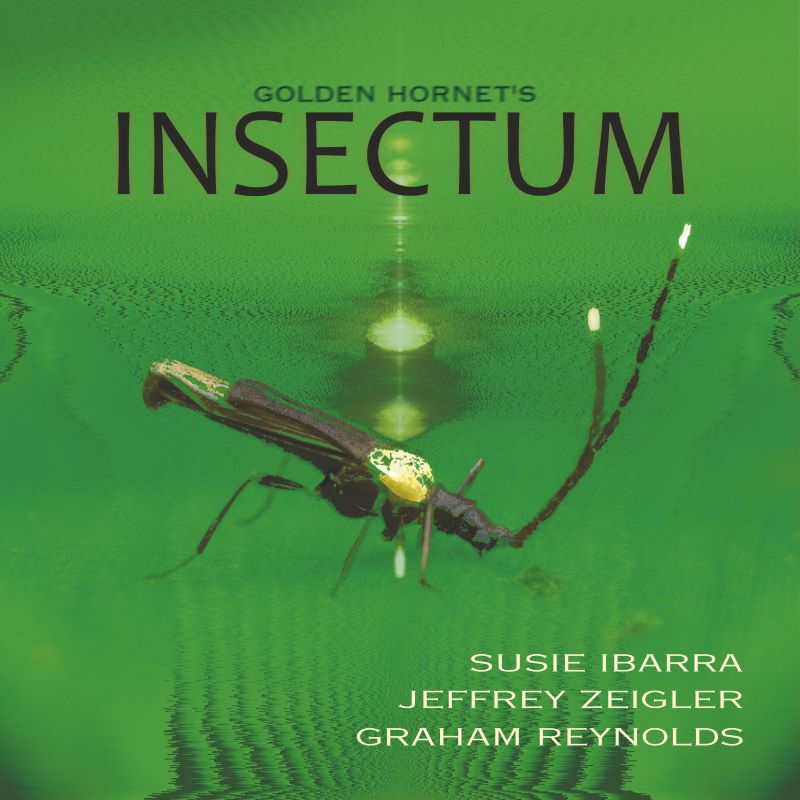 Insectum: music by Susie Ibarra, Jeffrey Zeigler and Graham Reynolds (Golden Hornet)
Insectum: music by Susie Ibarra, Jeffrey Zeigler and Graham Reynolds (Golden Hornet)
I needed something small scale after an epic schlep through Allan Pettersson’s oeuvre, and found it here. Insectum was inspired by the work of the 17th-century German illustrator-entomologist Maria Sibylla Merian. Start looking at examples of her work online and you’ll find it difficult to stop, her exquisite drawings both aesthetically and scientifically pleasing. Three musicians collaborate: Susie Ibarra (drums, percussion), Jeffrey Zeigler (cello), and Graham Reynolds (piano, keyboards, electronics), the trio consulting experts at the University of Texas in Austin, who, in Reynolds’ words, “made sure that we were not just using popular or romantic ideas of what each insect represents”. This doesn’t sound like Albert Roussel’s wonderful ballet The Spider’s Banquet, in other words, Insectum’s nine short movements fusing sound samples, electronics and acoustic instruments.
“A Meadow Wakes Up” begins woozily before the ostinato rhythms kick in. “Melolonthinae Larvae” highlights Ziegler’s keening cello and gamelan-like percussion. “Fly Buzzing” distorts actual fly sounds to menacing effect. “Giant Snail Devours Earthworm” is a highlight, Reynolds and Ziegler turning a vicious killing into something rather poignant. Locusts swarm, mosquitos whine and ants swarm, before the album closes with an evocative night portrait. A quirky treat, best consumed through headphones.

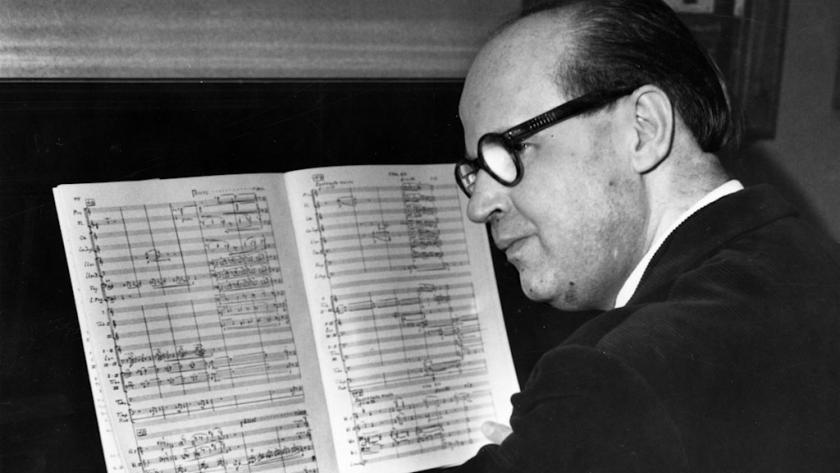






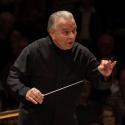




Add comment